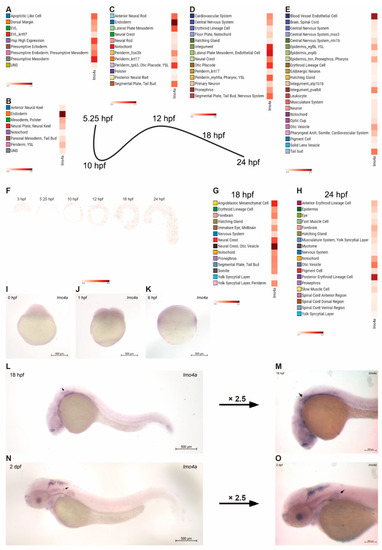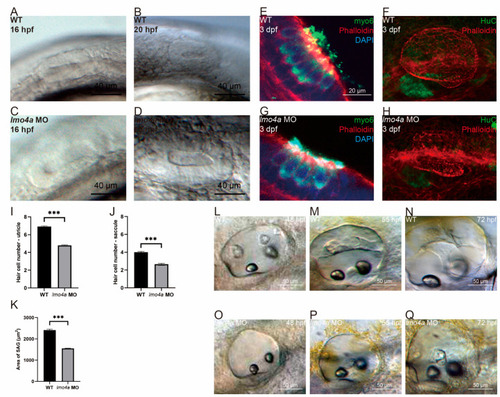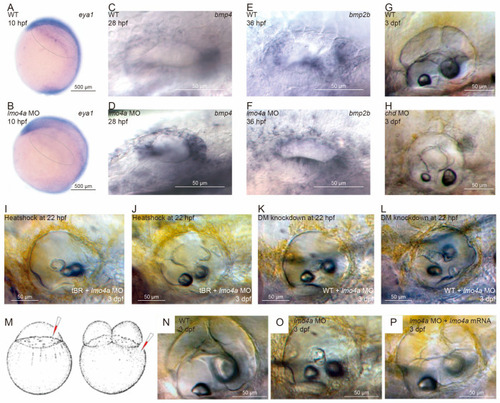- Title
-
lmo4a Contributes to Zebrafish Inner Ear and Vestibular Development via Regulation of the Bmp Pathway
- Authors
- Sun, L., Ping, L., Gao, R., Zhang, B., Chen, X.
- Source
- Full text @ Genes (Basel)
|
|
|
|
|
|
|
Phenotypic replication and behavioral tests of |
|
Expression patterns of marker genes of PPE and bmps in |
|
Potential molecular mechanisms linking Bmps and |






